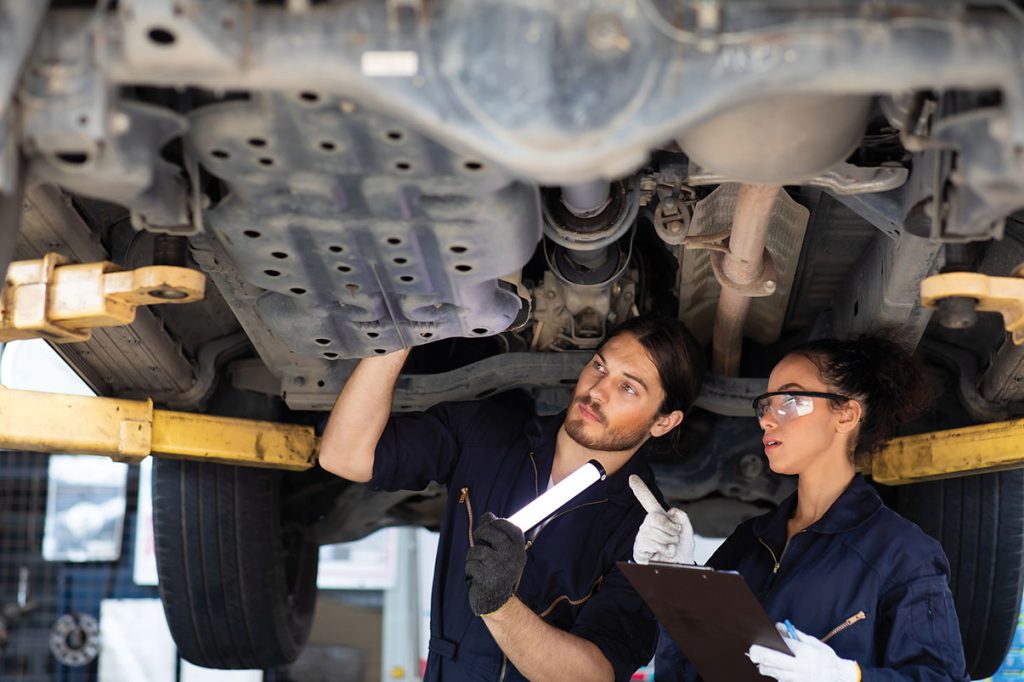DELIVERING THE IDEAL AUTOMOTIVE APPRENTICE EXPERIENCE
In this article, ACA Research reviews the 2022 Automotive Apprentice Survey findings

As we approach the end of the 2022 school year, a cohort of students are considering their options for the year ahead.
Given this, it is timely to take a look back at the results of the 2022 Automotive Apprentice Survey (commissioned by the AAAA, AADA, and MTAQ) to understand how we might better attract and retain prospective (or current) apprentice automotive technicians across four key groups.
First Year Apprentices
As could be expected, first year apprentices are highly engaged, ‘bright eyed’ and happy with the knowledge and skills of their trainers/supervisors.
They do however see potential to improve the initial phase of their apprenticeship, particularly wanting to get hands on right from the beginning, and have someone specific they can look to for support.
From a workshop perspective, this emphasises the importance of apprentices having someone they can talk to openly and honestly, including any concerns they might have.

Fourth Year Apprentices
While new apprentices are important, we also need to remember those at the other end of the journey.
Fourth year apprentices are much less satisfied, being most likely to consider leaving to work in another industry.
While this comes back to a range of factors, two in particular are being given repetitive tasks, and their work environment.
Importantly, a number also feel they are not being given the time they need to complete their studies, suggesting more work is needed to ensure that later stage apprentices are being supported to find the right balance between working on vehicles, workplace learning, and their formal studies.

Female Apprentices
Next are our female apprentices, who face some unique challenges when starting out in the industry.
They are more likely to face negative feedback from friends and family members as they work to establish themselves in what is still a male-dominated industry.
While we clearly need to reduce (and ultimately remove) these barriers, the good news is that those who have made it appear to be obtaining better outcomes than their male counterparts.
This suggests that while the absolute number of female apprentices remains limited, many of them are being well supported by employers.

Career Changers
Our fourth group is career changers. While they may be latecomers to the trade, they are passionate about all things automotive, exhibiting a sense of passion for the evolving nature of the industry.
Importantly, this tells us that while they are embarking on a similar journey to other apprentices, their training will need to incorporate these new technologies for them to remain engaged.

The key point here is that as a workshop operator you might have any or all of these apprentices in your team.
Understanding their needs can help you work with them to develop training plans, address issues that might arise, and ultimately deliver the best possible apprenticeship experience.
To find out more about the research, or access the report, please visit https://bit.ly/Auto-Apprentice-Survey
This column was prepared for AAAA Magazine by ACA Research, the AAAA’s partners in the AAAA Aftermarket Dashboard which is delivered to AAAA members each quarter.
For more information about ACA Research and its services, visit www.acaresearch.com.au or contact Ben Selwyn on bselwyn@acaresearch.com.au








